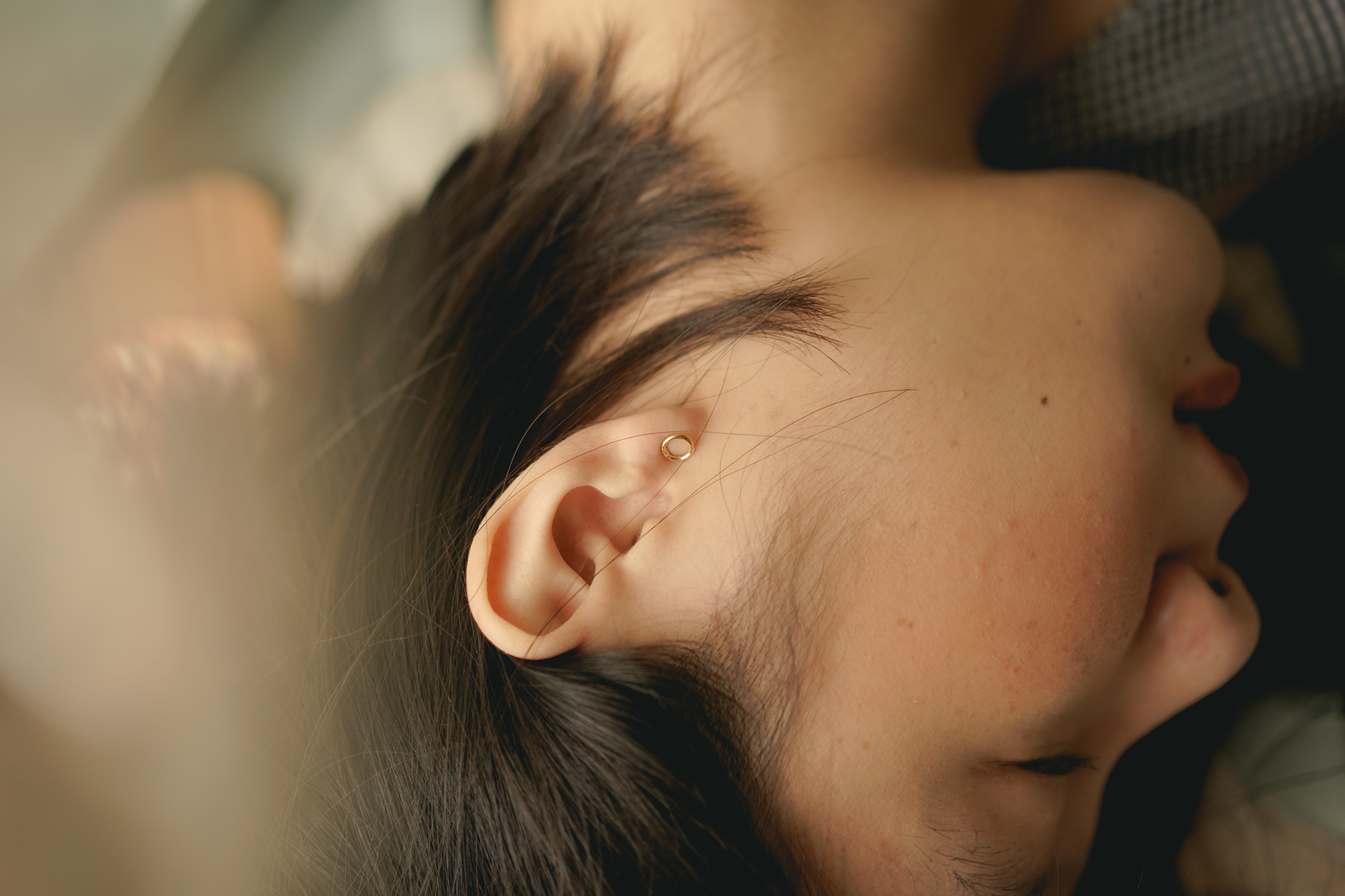TLDR: To remove by shaking one would need accelerations high as 24g, which can damage the ear. A couple drops of vinegar or alcohol in the ear will lower the surface tension and make the fluid easier to remove
The science is neat, but (at least anecdotally) I can usually get the water out by doing the side head jumping. I suspect they’re not really taking into account that the water is probably usually right near the entrance/exit of the canal and not deep inside
The study in Section 2 discusses why they chose this
The ear canal is covered with cerumen, a hydrophobic waxy layer that presumably has high contact angle hysteresis. Wax helps to capture water in the ear canal by pinning the contact line of a drop rather than allowing it to flow through the skin surface of the ear canal. While water may lodge in the ear canal, more laborious actions are required to dislodge water, especially between the isthmus and tympanic membrane ™. This is because the narrowest radius of the isthmus can hold water tightly as surface tension is dominant over gravity. The area between the isthmus and TM, or the bony section of the ear canal, does not include hair, unlike the auricle. Thus, we focus on how water can be dislodged from the smooth and narrow section of the ear canal.
So it is true that it depends on how much water gets trapped. They chose the worst case scenario. Another trick my father suggested was to intentionally fill up a bit more water and it gets easier to get the whole water out.
If it’s being stubborn, I’ll sometimes tilt my head and bang my skull with my fist from the other side. I’ll also pop my jaw on the water-clogged side, and/or pop my ears.
I think its a big problem that they simulated a highly flexible structure with an utterly rigid one. We can’t squeeze the water out, but at the end of the day, we try these things as we find convenient, comfortable, or socially acceptable, only because they work.


